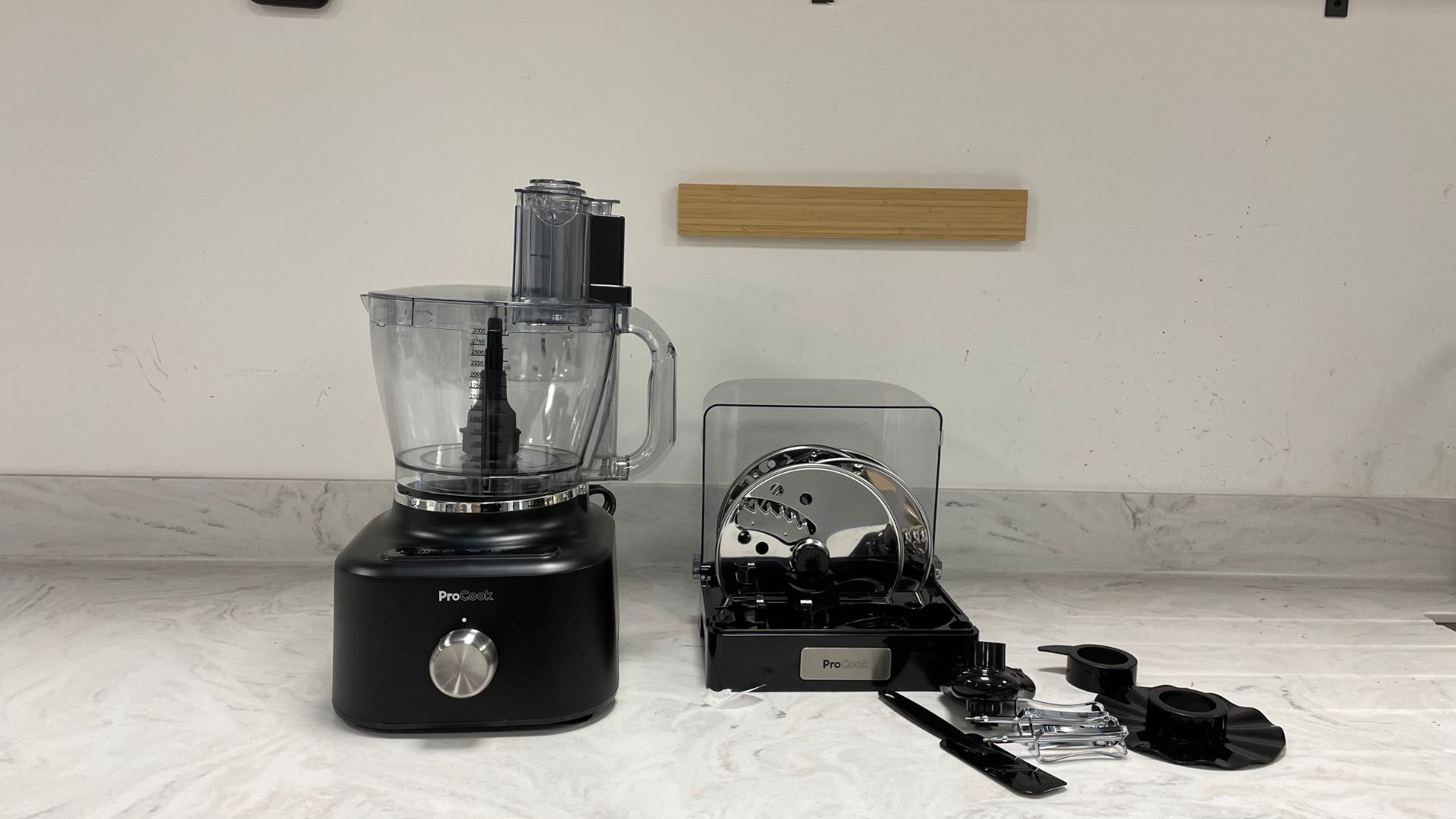
We don’t often give thought to brand names, but the way that the ProCook Food Processor whizzes, whips, and blends puts the name right to the front of my mind. There’s no denying that this is a pro cook in both senses of the phrase.
Serious chefs, get your hat and whites on, because this is one of the best food processors I’ve tested. It’s well-built and versatile, but also simple enough that I would happily hand it over to the kind of person who doesn’t cook (except for beans on toast).
I’ve put this against other giants in the world of food processing, including Kenwood and Magimix. As far as sous chefs go, this one deserves a pay rise.
Specifications
Who would it suit?
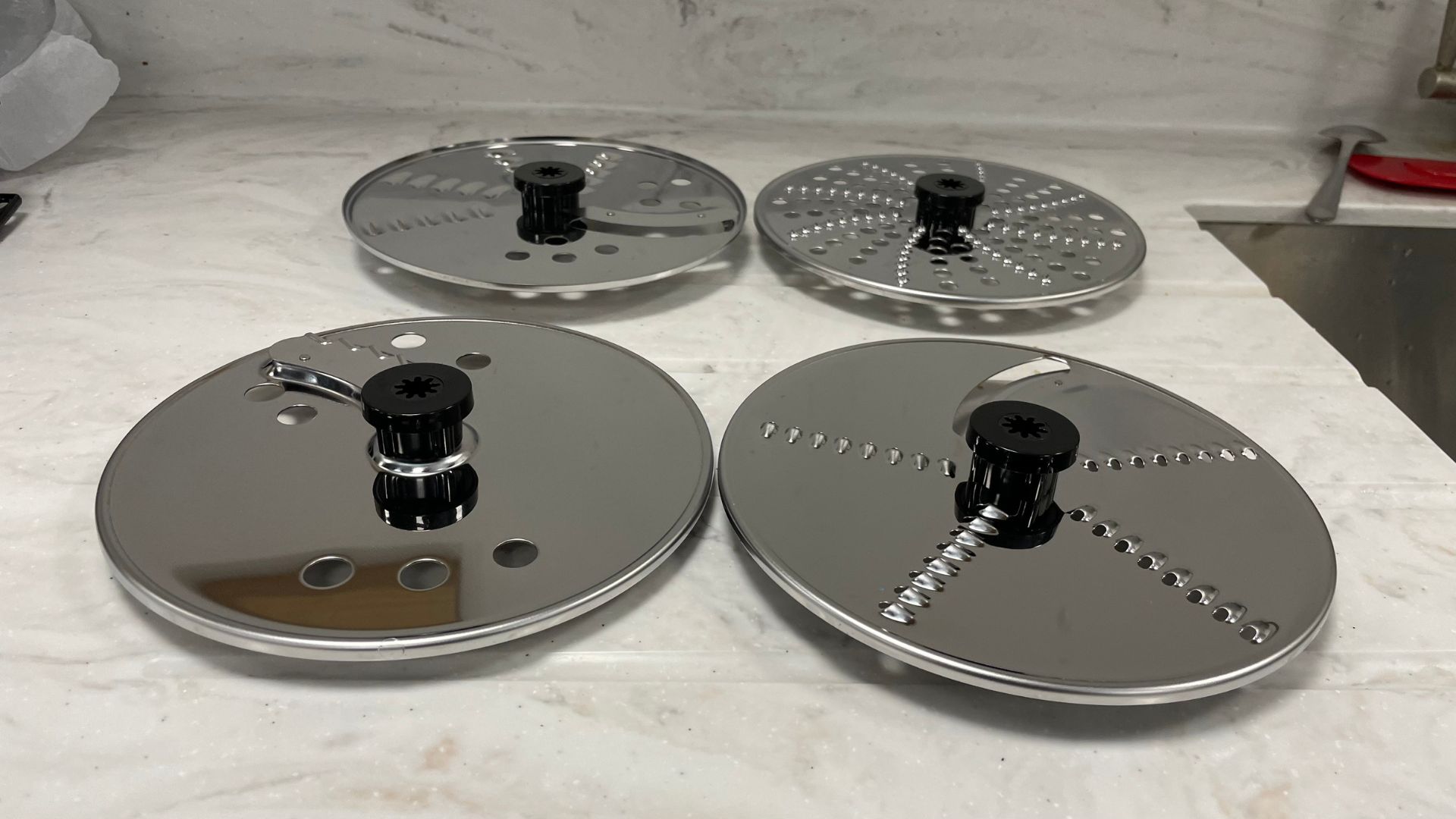
Whilst lots of food processors can boast a cupboard full of attachments, not all of them are as baker-friendly as the ProCook. What really stood out to me with this was that you get whisks that can double up as beaters as well as a neat dough blade. It's almost like having a stand mixer, which is certainly a big factor to account for when considering which food processor to buy.
You'll have also, undoubtedly spotted the reasonable price tag. Food processors that share a similar silhouette to the ProCook rarely come in around the same price and, if they do, they can feel a bit cheap. This clicks and locks in all the right places and it feels sturdy too. If I was setting up a family kitchen for the first time and I wanted to strike the perfect balance of budget and quality, this is where I’d be looking.
It's also worth noting that when you’re looking at food processors this size, you’re probably working in a family-sized home or you’re quite cheffy. The bowl is certainly large enough to tackle bigger tasks, but if you know you want to work on a smaller scale too, it might be worth downsizing or finding a food processor with different-sized bowl options. This is still good on small tasks, but the fuller it is, the better the results are.
Unboxing
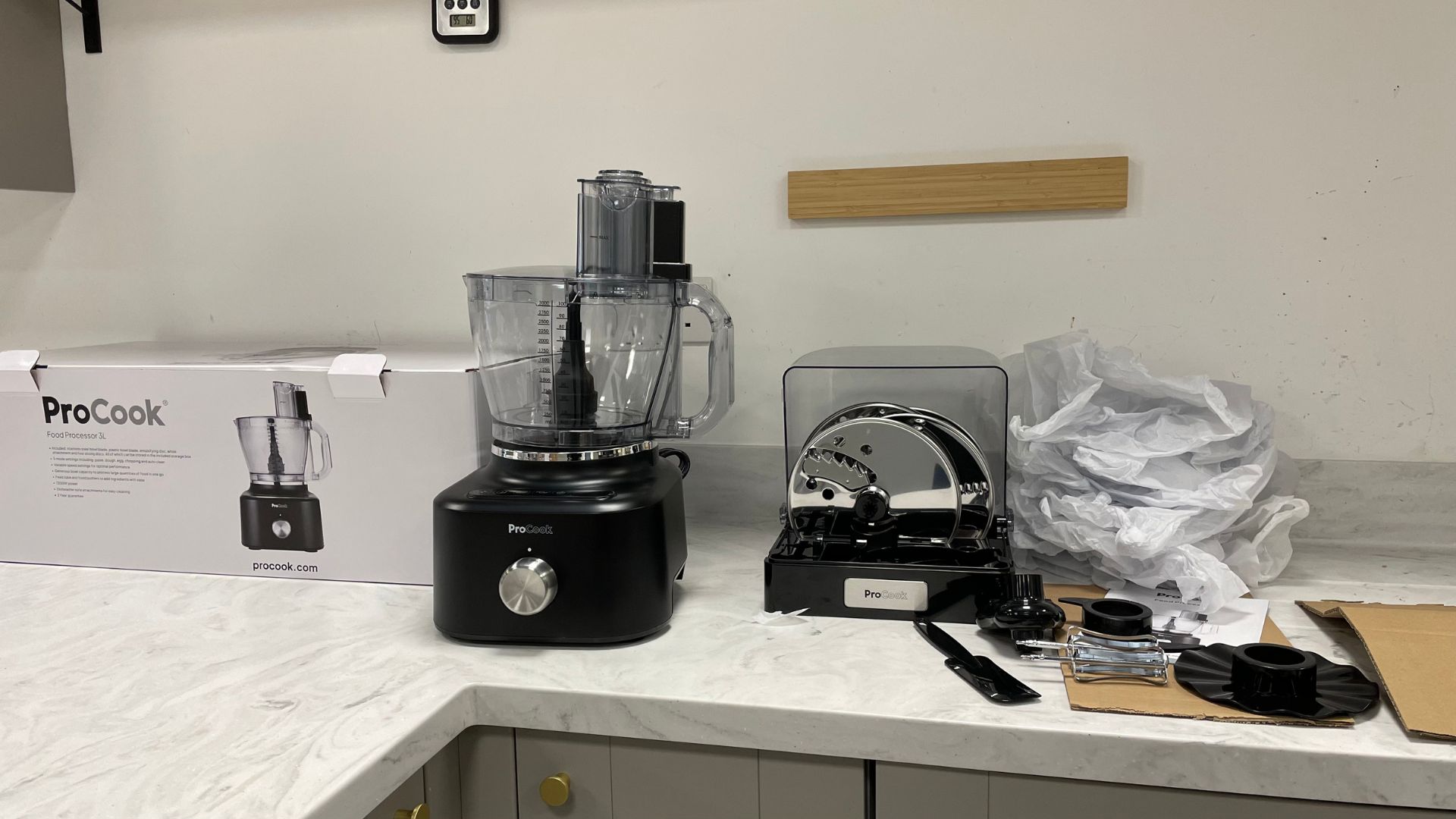
This comes in a long, slim cardboard box, which is surprisingly light and easy to lift. Packed inside the (mostly recyclable) bags and boxes, you get the bowl, base station, and then an extra box for all of your accessories. This storage option is really handy and actually a lot safer than throwing all the blades and discs into a drawer. It’s almost smart enough to warrant a permanent space on the counter and I think this would in my kitchen, especially given how useful it is.
What is it like to use?
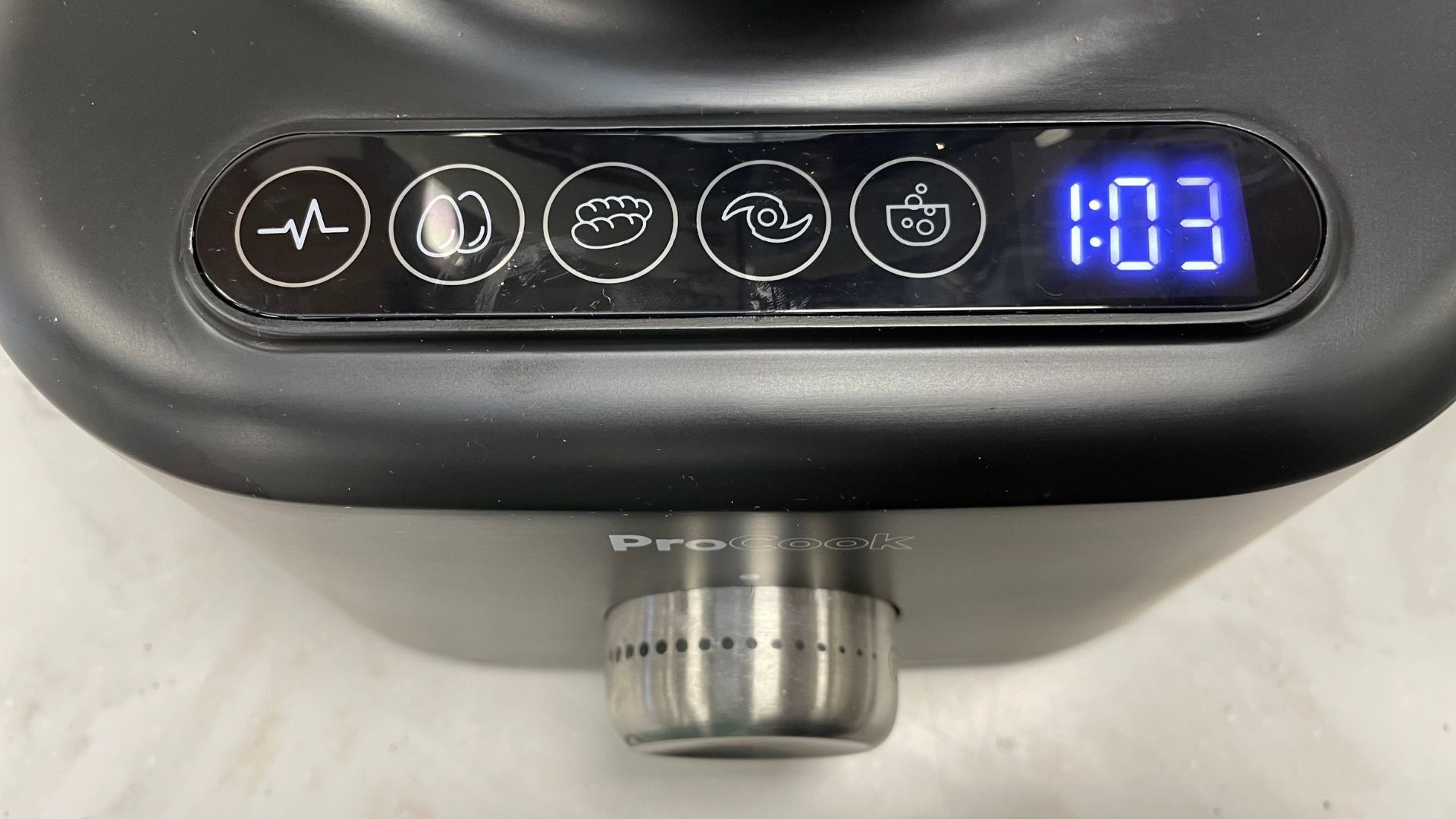
The base of the ProCook has a few pre-sets for pulse, egg, dough, chopping and auto clean as well as manual controls and a timer. These are handy if you want to switch off in the kitchen and let something else take some of the timing and watching off your plate.
Everything locks into place, but it’s worth noting that you have to push down one of the inner parts of the feeding chute. There’s a piece of metal that lets the food processor run. It’s a safety feature, but one that seemed to baffle another one of our testers in the kitchen.
Test 1: main blade
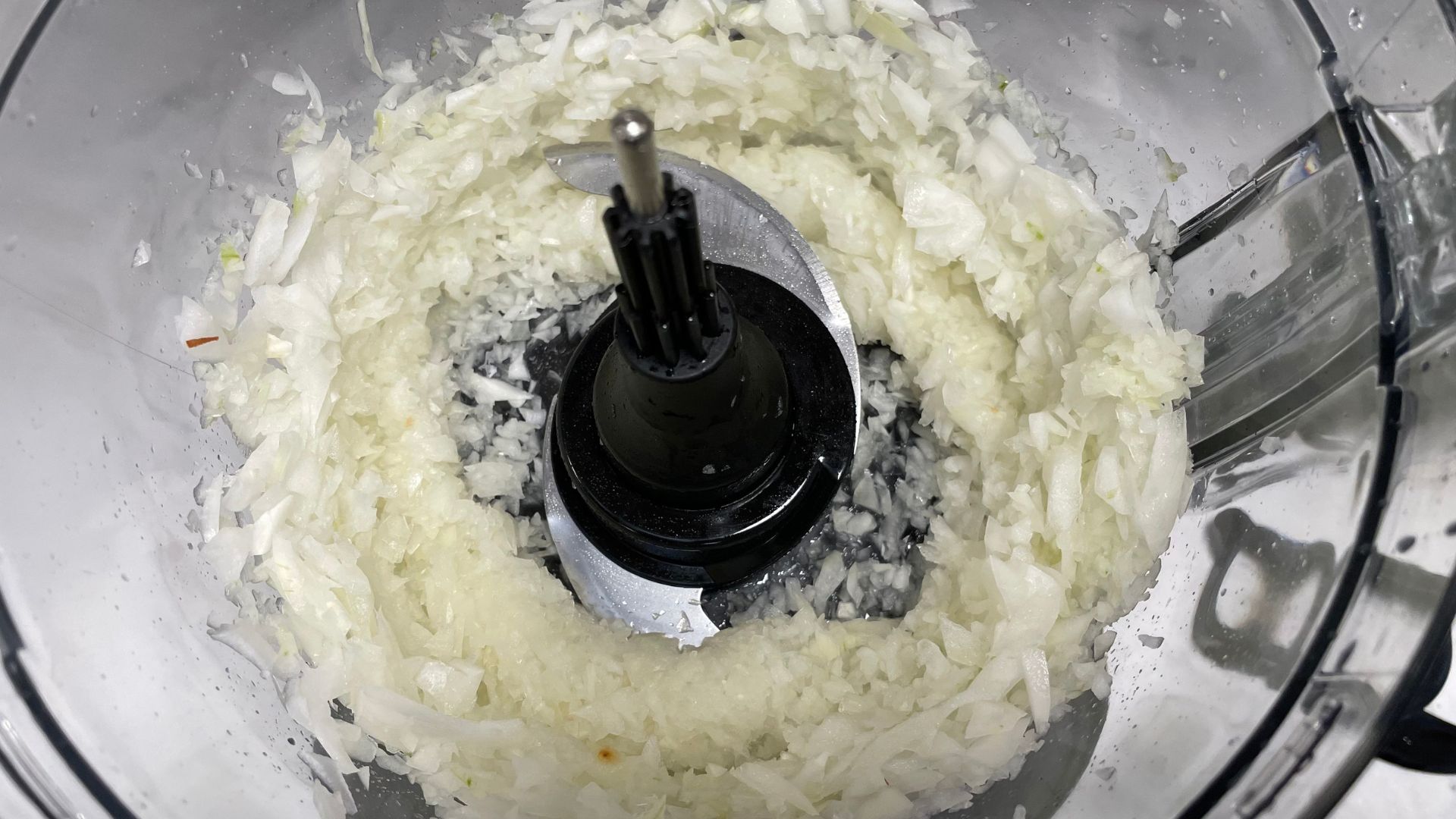
The first test I run is chopping an onion. After peeling and quartering one onion, I placed the pieces into the bowl and manually pulsed them. The ProCook has beautiful sharpness to each slice, but there were some size inconsistencies. This is fine if you use the spatula to scrape down the sides. Keeping a close eye will get you even results, or, opting for a rougher texture is fine too. When I tried the same with two onions, my results were much more consistent. The pieces were still neatly cut, but just a lot more regular in size too. It’s helpful to know that this is better on bigger batches.
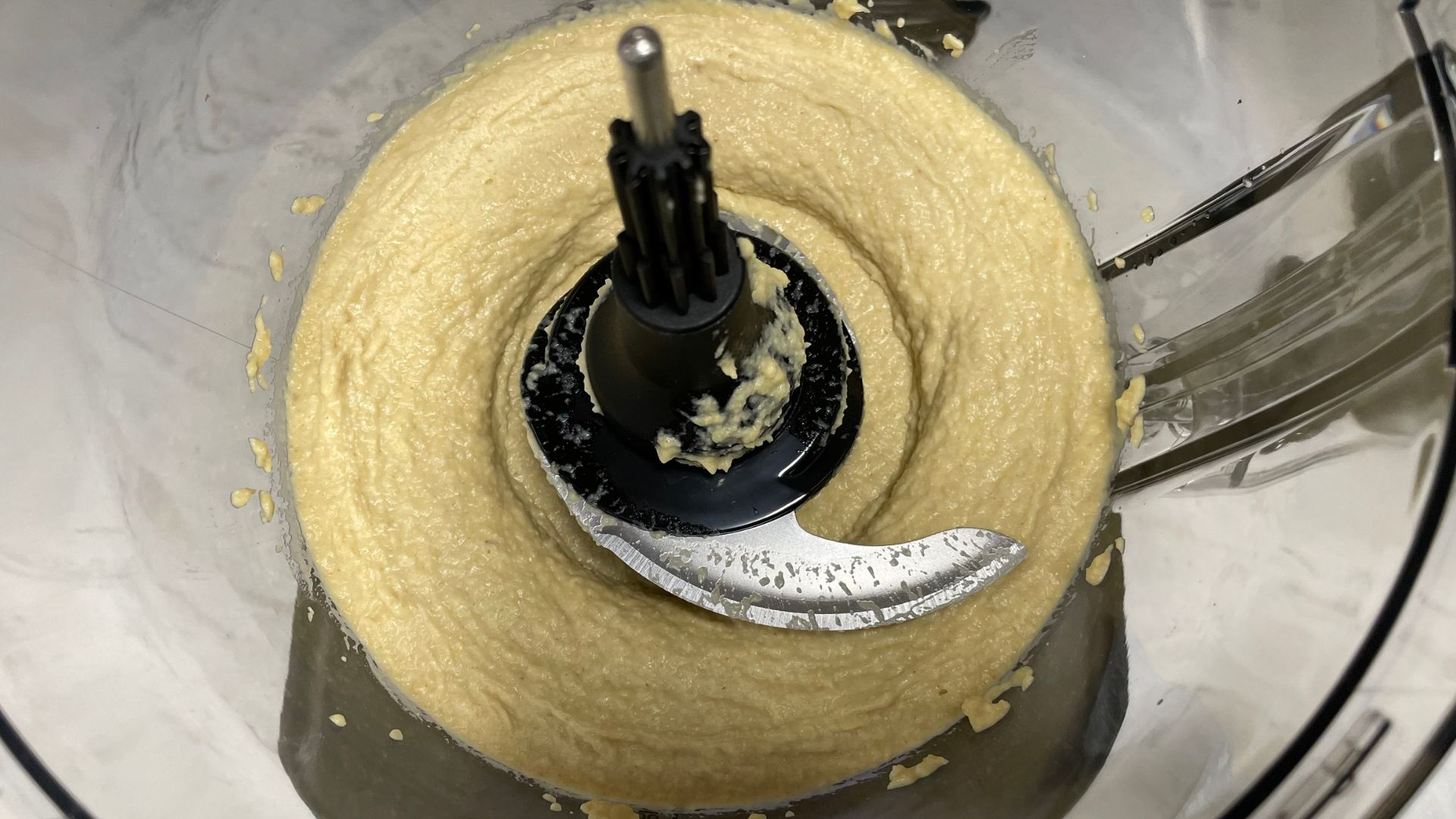
The next step up for the blades is how well they make hummus. This needs to be much finer and smoother than a chopped onion and not all food processors can get consistency across the board. The ProCook, however, whizzed my can of chickpeas, spoon of tahini, lemon, and salt, into a silky smooth dip. In less than a minute, there wasn’t a chickpea left in sight. Even at the edges of the bowl, everything had been well incorporated.
Test 2: grating and slicing
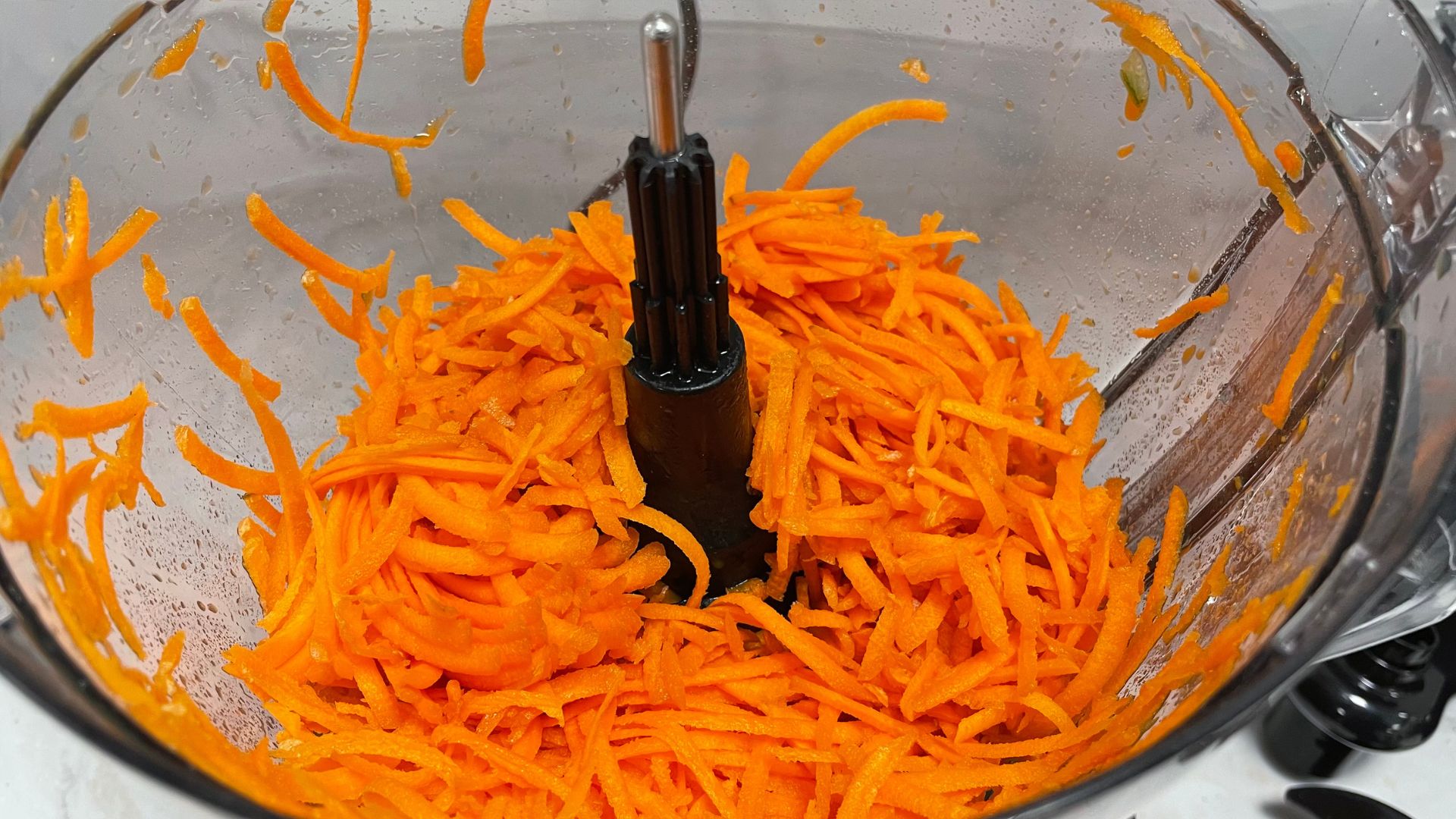
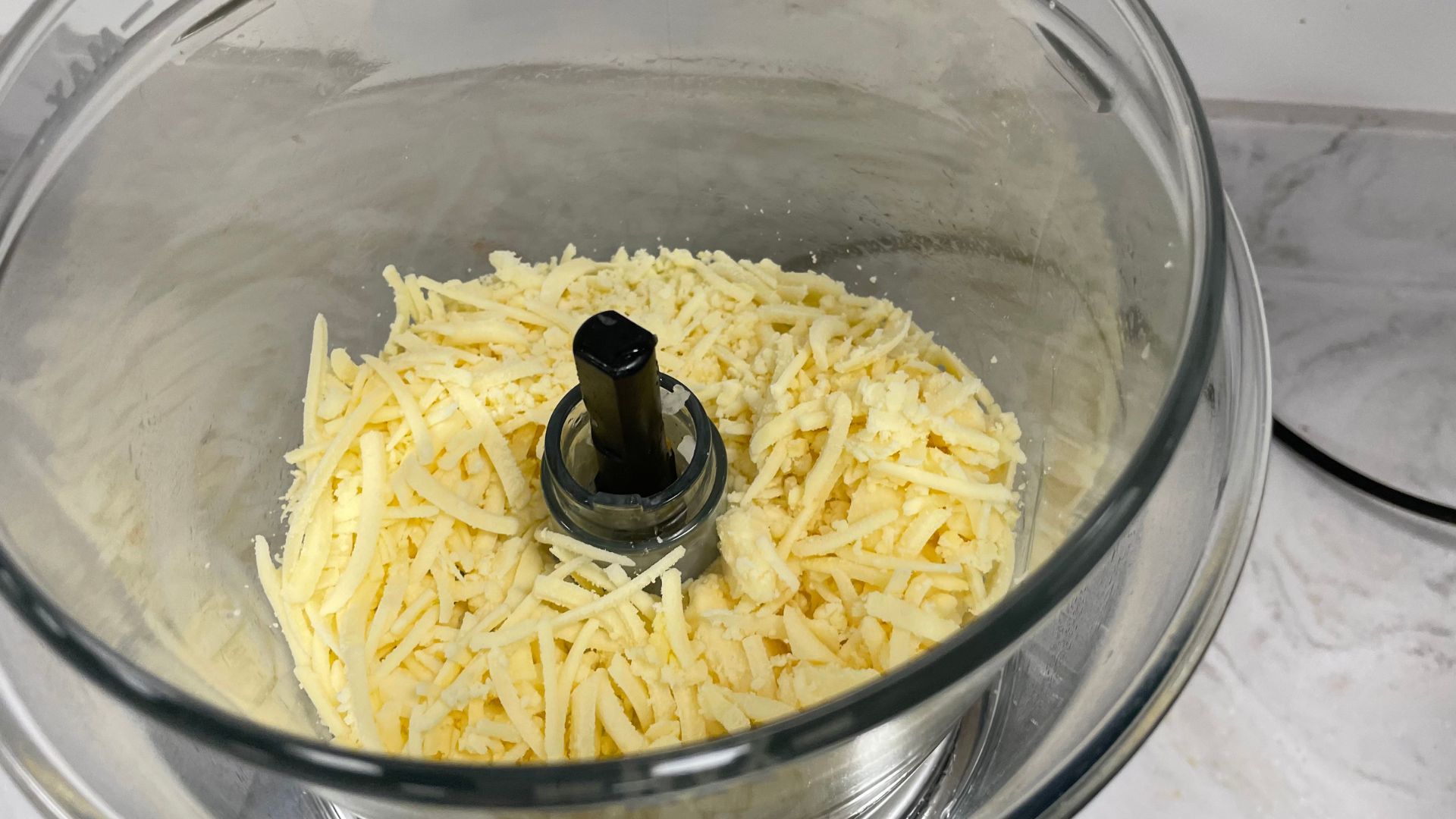
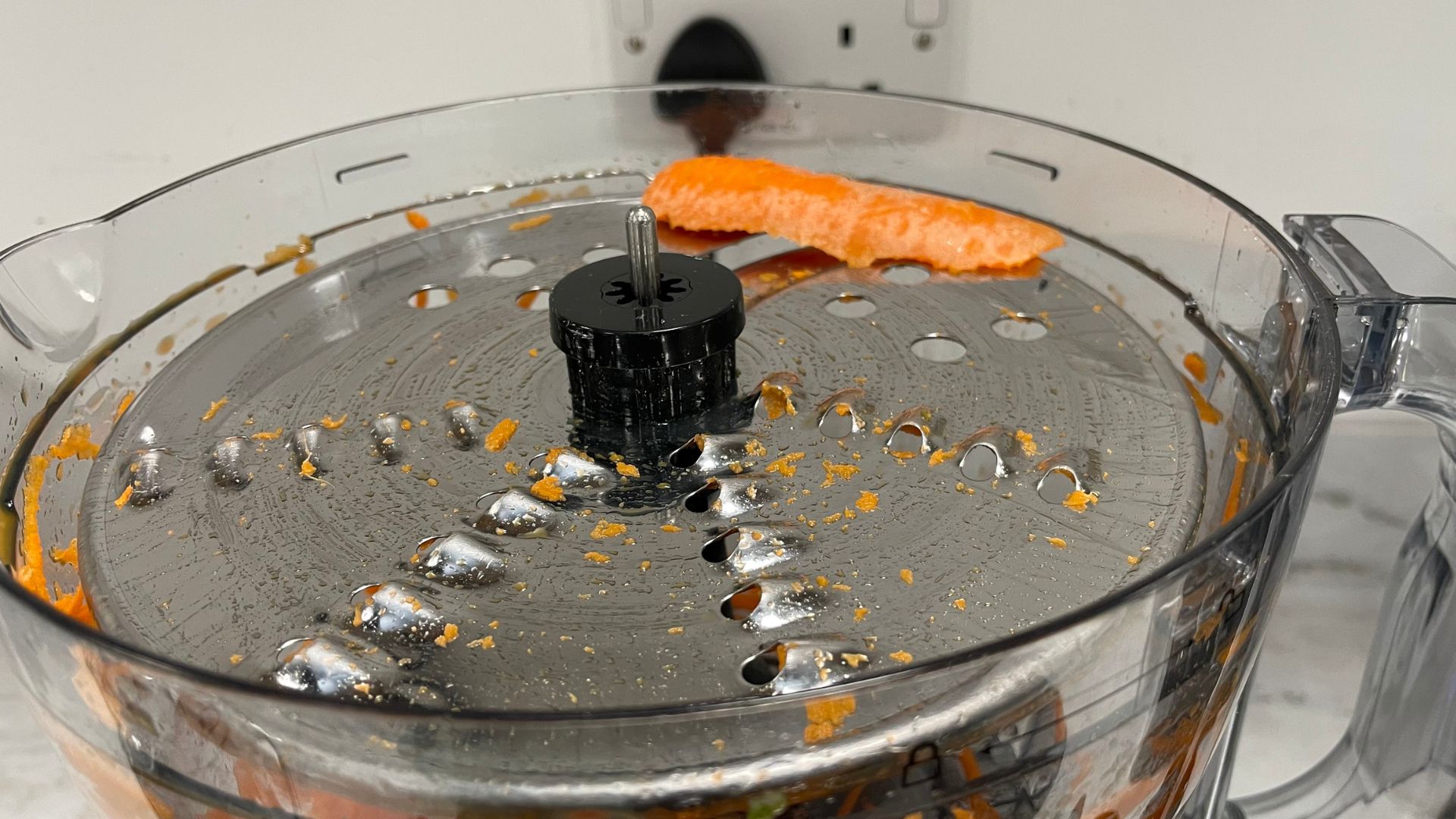
The next test that I run is on the grating and slicing discs. The ProCook offers four of these and, given that they’re double-sided, this means that you have eight different options available to you. I tested out the 4mm grater on carrot and cheese (not at the same time). Carrot is a great test of how the grating teeth can handle tough, hard vegetables and the cheese tests the opposite; it’s soft and almost crumbly. The grating discs made light work of both different textures, giving consistent precise results. My only gripe is that it leaves a little bit of carrot or cheese sitting on top of the disc, which you’ll either have to grate by hand or discard. For the speed and precision, it’s worth it, but it’s still a bit of a shame.
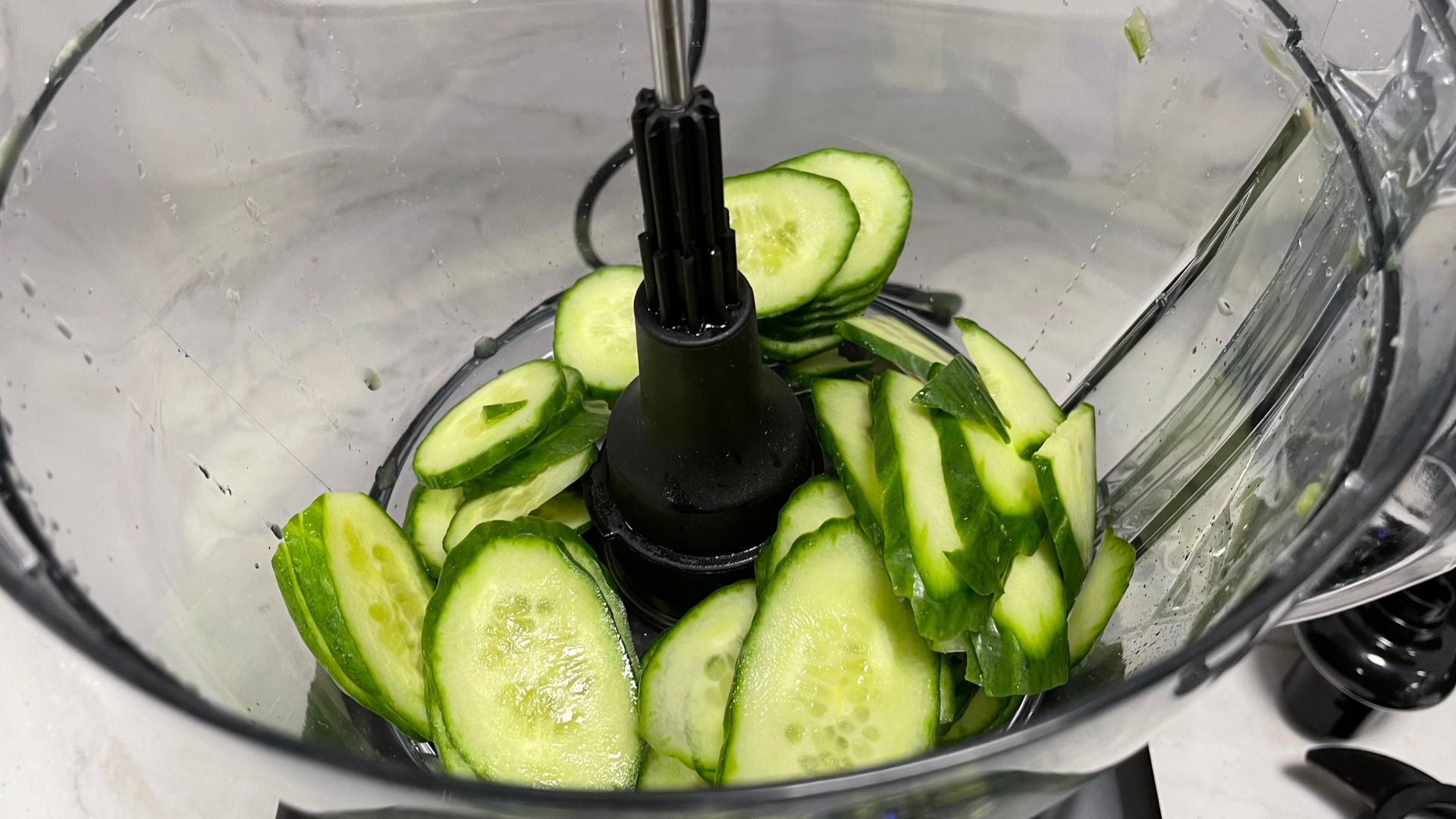
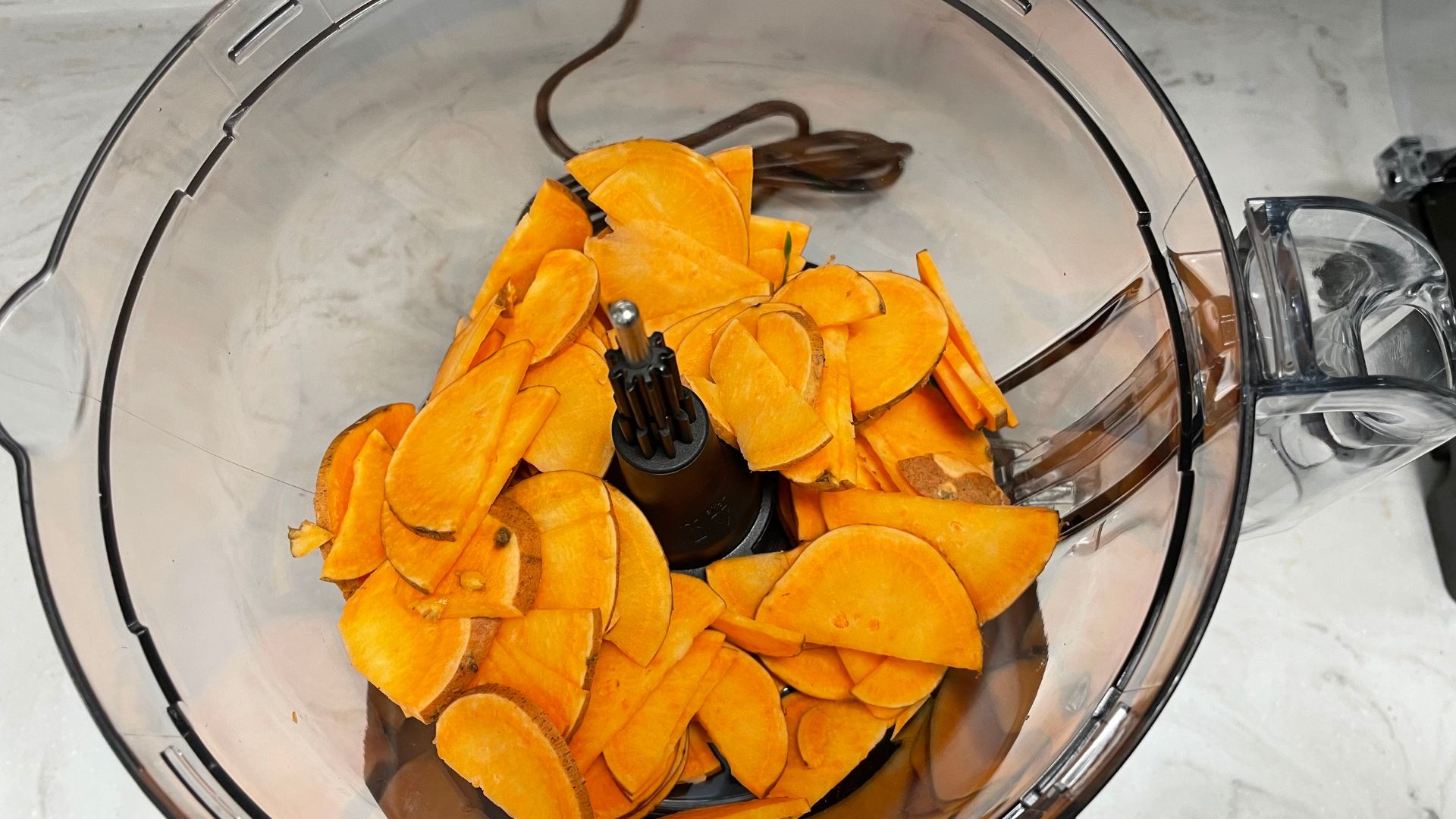
On the flip side, I tested the slicing disc. Again, I worked with two different textures: hard sweet potato and watery cucumber. As you can see, this sped through them and delivered really consistent and precise results. The feeding chute was almost wide enough for me to fit a whole sweet potato down, but I couldn’t quite manage it and needed to cut it in half. This isn’t unusual. I’m yet to test a food processor that hasn’t needed a little prep work before slicing.
Test 3: whisking
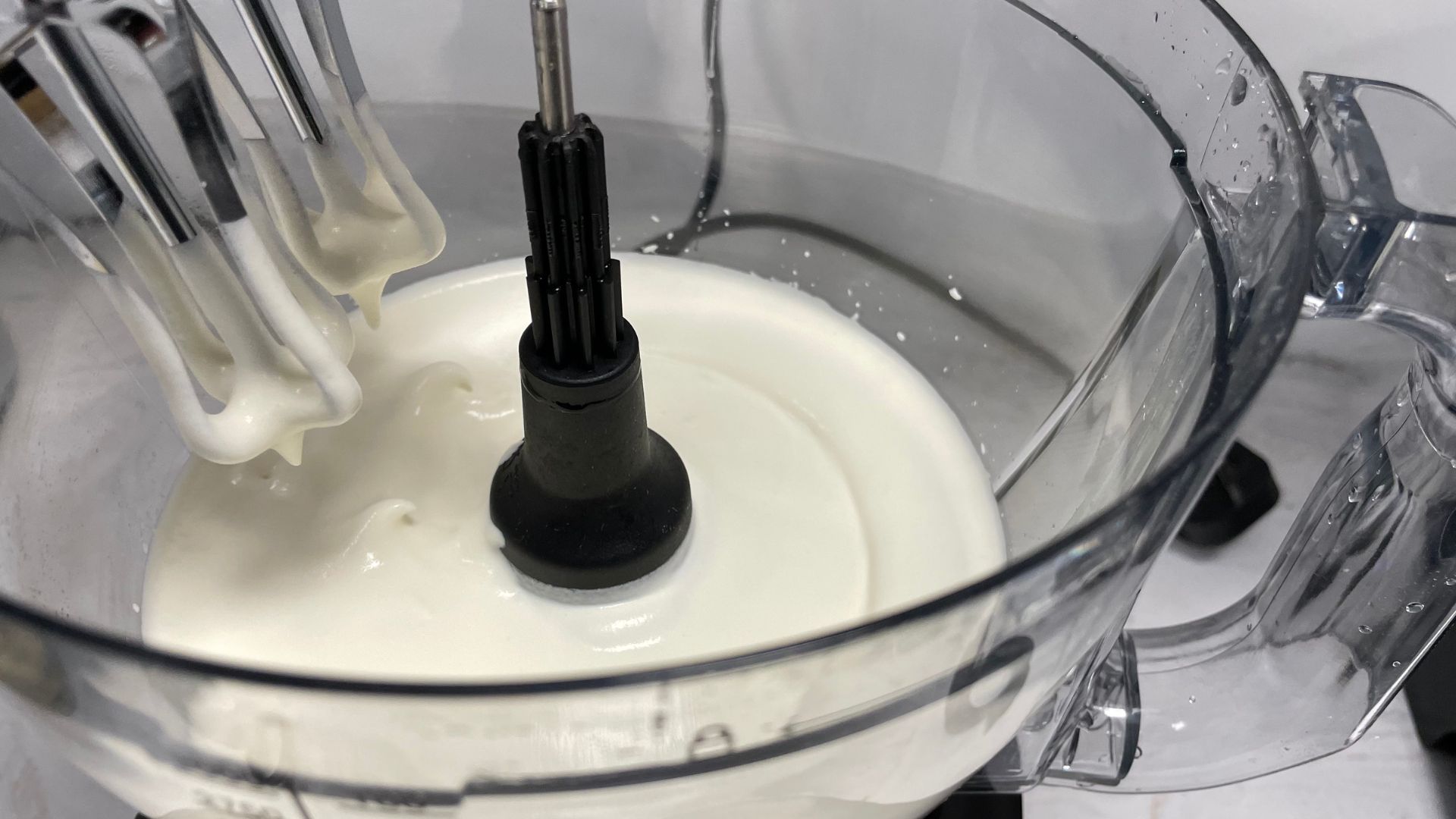
The whisk attachment is one of the reasons that I think of this as the perfect food processor for bakers. The open tines of the whisk make it perfect, not just for incorporating air into cream, but for creaming butter and sugar or for making doughs.
I tested both and found that the ProCook reaches the edges of the workbowl really neatly and effortlessly. It did a thorough job, but was slightly slower than the average electric whisk when it came to whipping cream. This isn't a surprise given the openness of the whisk, but it's worth noting. I normally give stand mixers a couple of minutes, but the ProCook took six minutes to get the same stiff peaks on the cream.
Test 4: bread dough
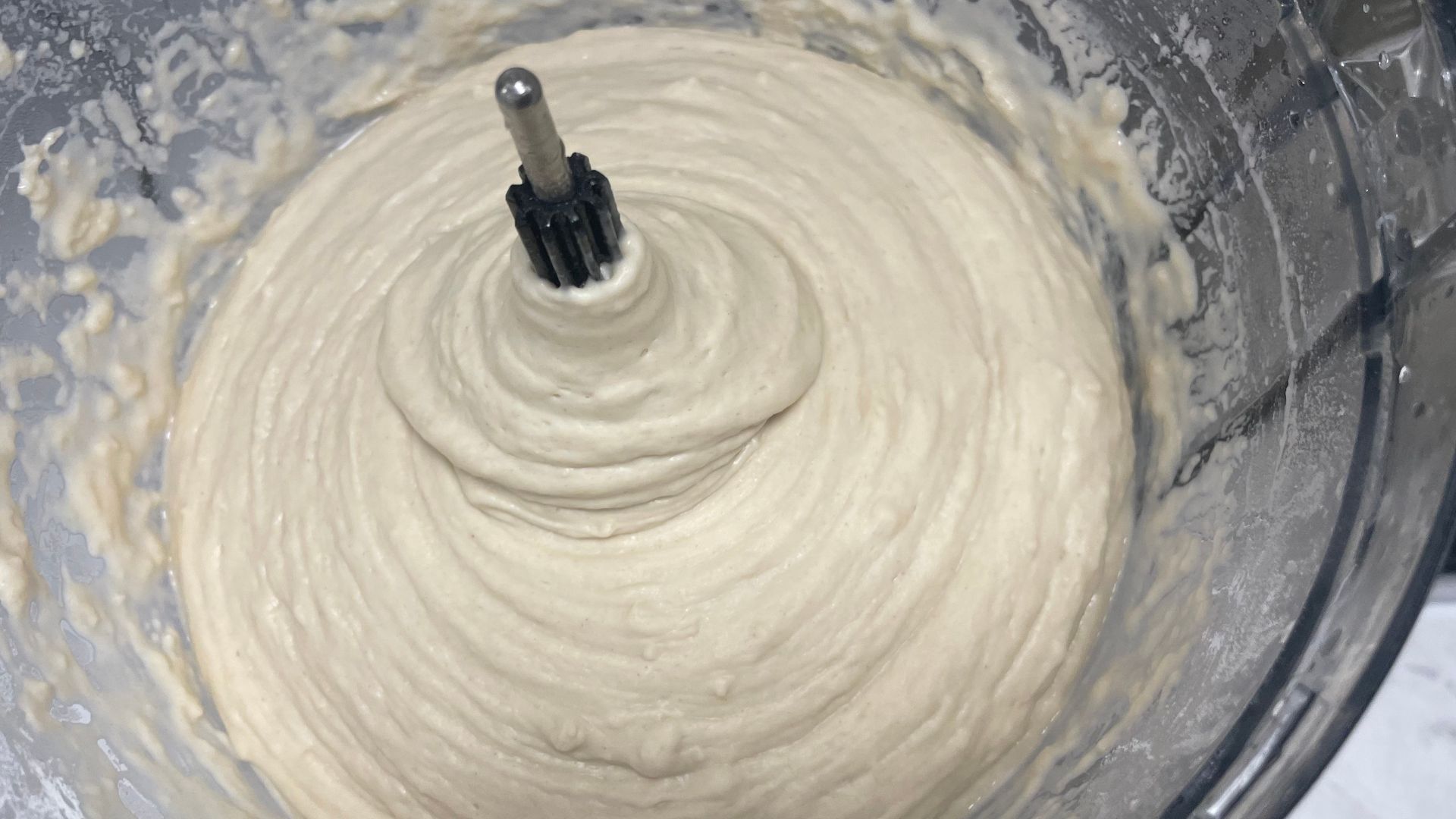
Whilst were on our baking detour, I decided to take the dough blade for a spin. This is definitely better on higher hydration doughs, but it worked well on my signature white bread recipe. In seven minutes, my warm dough looked smooth and elastic. I was making a full 1kg loaf and the ProCook didn't even break a sweat. Then, when I held it up to the light to do a gluten test, I had a nice, thin membrane-looking finish that proved the ProCook had done its job.
Cleaning

All the parts of the ProCook are dishwasher safe, which makes life very easy. If you want to, you can stack them away and leave your appliances to do all the hard work. Whilst this is perfectly fine for the bowl and bigger blades, it’s worth considering hand-washing slicing and grating blades. You can get pieces of food and fibre stuck here, which will cement themselves onto the metal in a dishwasher. At least give them a rinse beforehand, if you don’t wash them by hand. Whilst you’re at it, I found that my soft cheese got stuck in some of the crevices in the lid of the ProCook. This is another place you might want to give some TLC. If you have a small brush — the kind that you might use for a straw — it’ll come in handy here.
How does it compare?
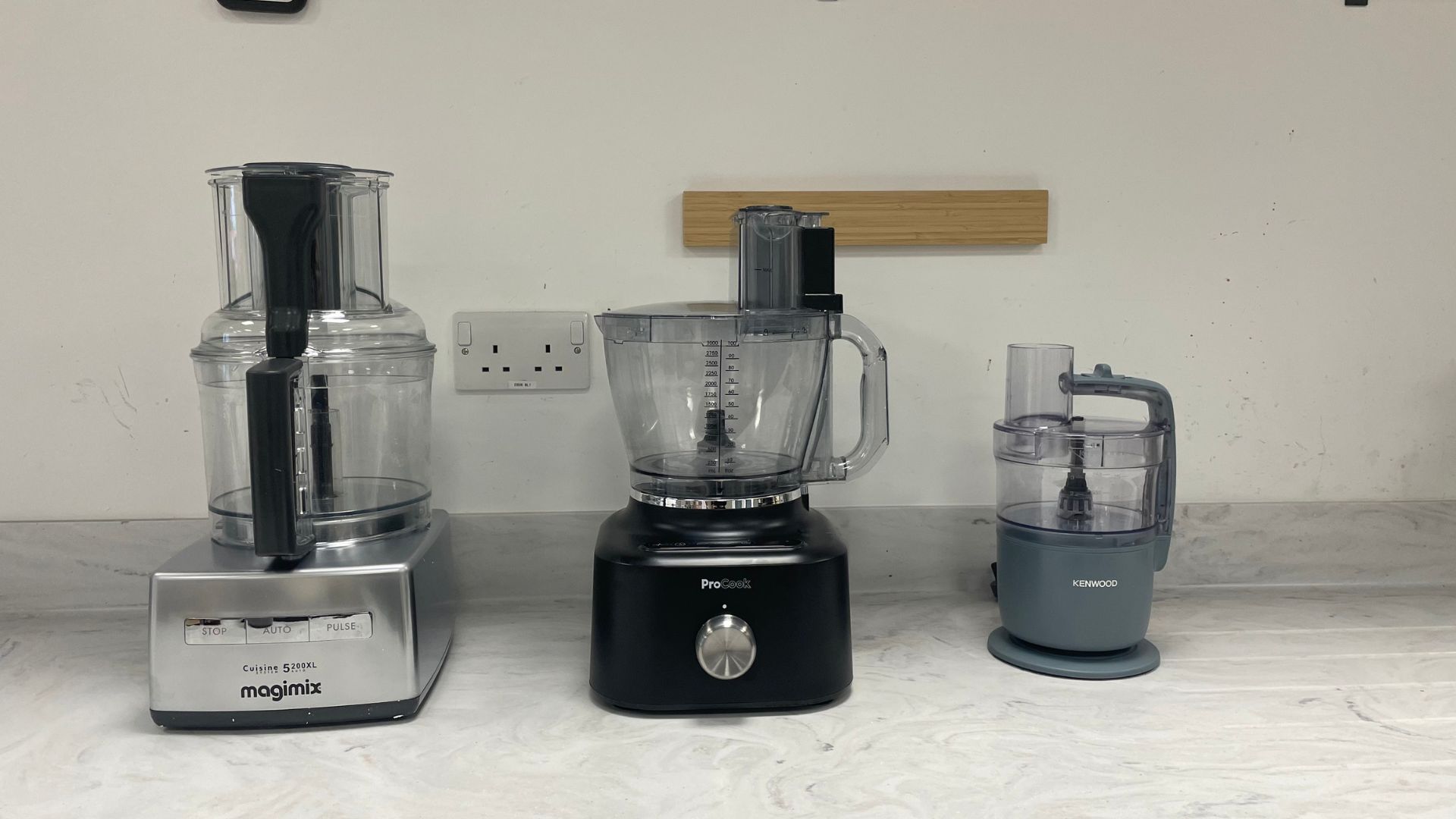
There are a couple of food processors with very similar and yet subtly different offerings that you’ll want to think about. First, in the Kenwood MultiPro One Touch Food Processor. This comes with almost all the same attachments (except for a few fewer blades), but the Kenwood also has a jug blender, a single-serve blender, and digital scales integrated into the base. That means you get a lot more both for your money and for the space that you’re offering up. I found that both were actually on a par test-wise and the Kenwood had the edge on grating and slicing. However, all the extra bits take up more space in the cupboard and they add up to a much more expensive food processor. If you don’t mind stretching the budget (and losing some of the grating and slicing blades), the Kenwood is worth having a look at.
I also tested this alongside the Magimix Food Processor, which also offers more attachments, except that this time they are strictly food processor-related ones. You get eight slicing and grating blades (which means 16 in total) and a few more blades for doughs and mayonnaise. Another very handy extra is the work bowls. With the Magimix, you have three different-sized bowls that stack inside each other, which means that when you’re working on a smaller scale, you don’t really have to compromise on quality or consistency. Again, it’s one of the factors that makes this more expensive than the ProCook, but I think it’s an impressive contender.
Should you buy it?
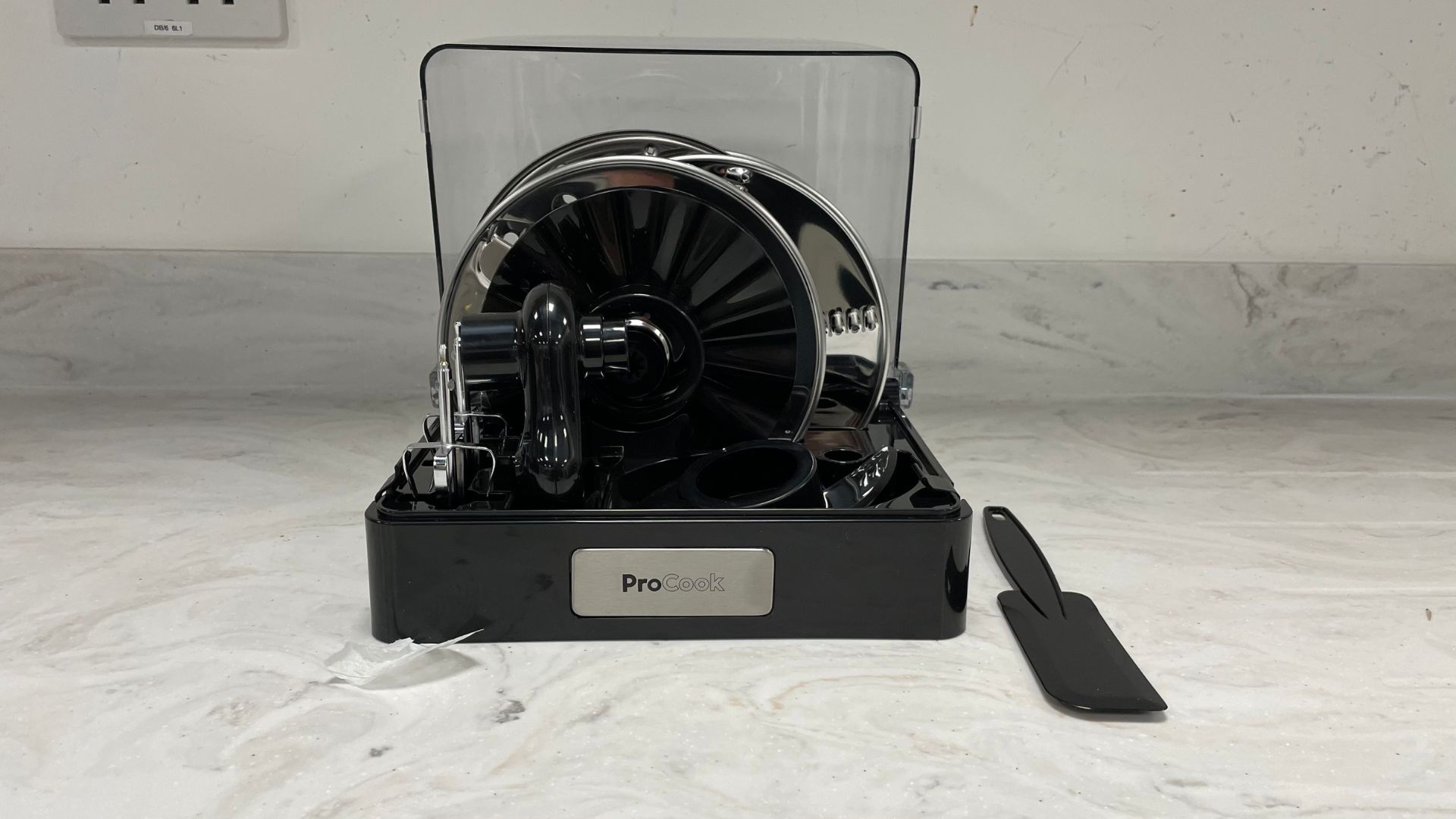
If you want a food processor that takes you one step up from the basic, compact options, this is perfect. It elevates everyday functions without going over the top. It looks good and I like the price tag even more.
How we test
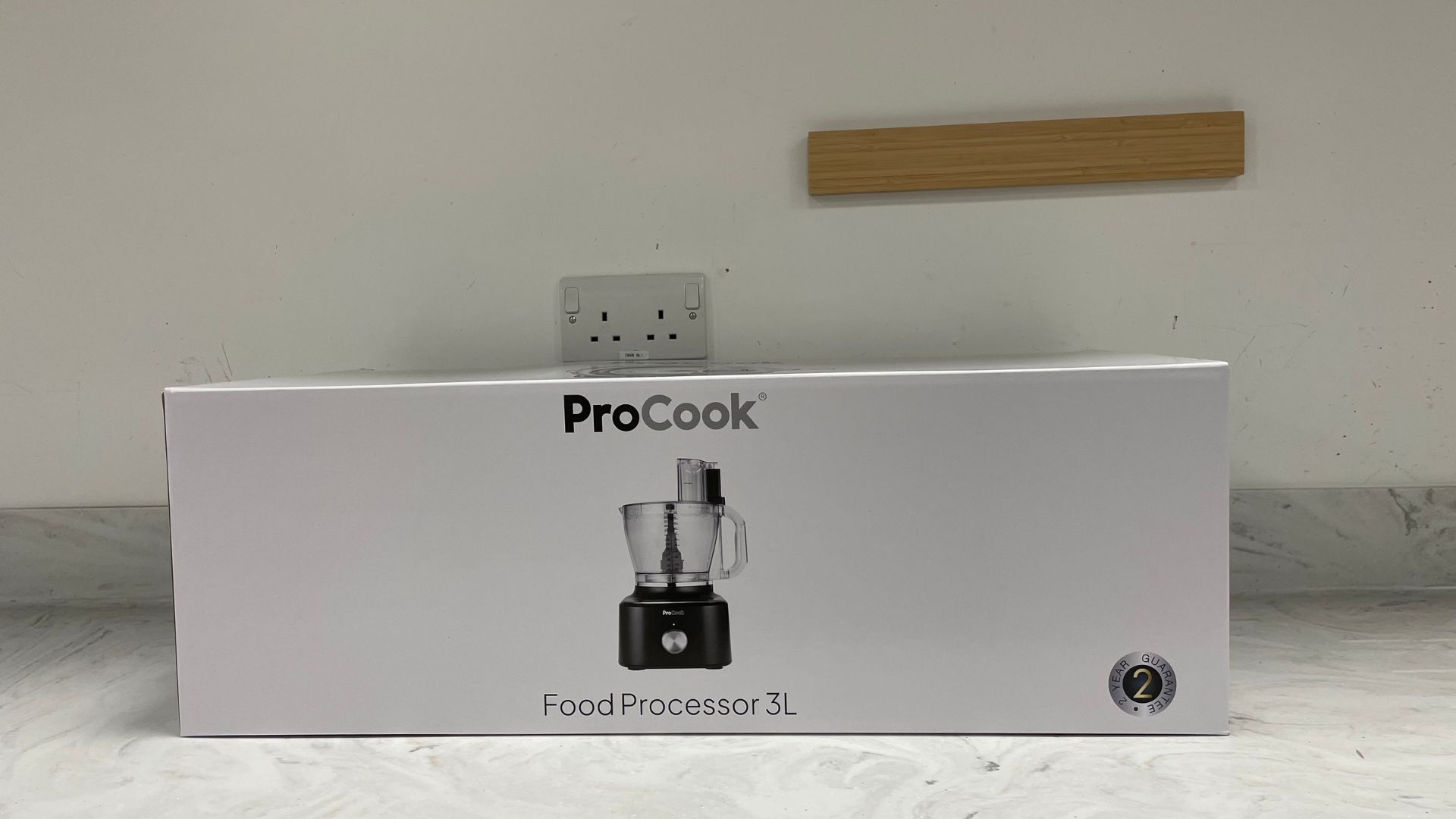
At woman&home, I take a detailed and methodical approach to testing food processors. Each model is put through a standardized set of tasks, including chopping onions, making hummus, grating carrots, slicing sweet potatoes, and kneading bread dough. My goal is to provide you with a comprehensive understanding of how the food processor performs, helping you make an informed decision about your purchase.
I'll also share everything else you need to know, from unboxing to cleaning, and how the food processor stacks up against other models on the market. By the end of the review, you'll have a clear sense of whether the food processor offers good value, alternative options to consider, and whether it fits your needs.
If by the end of the review, you still have questions, feel free to email me. I’m always happy to discuss kitchen gadgets.
To learn more about our process, check out our page on how we test food processors.







